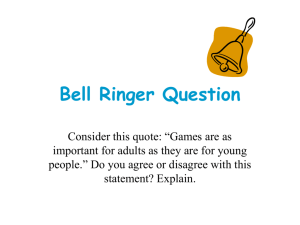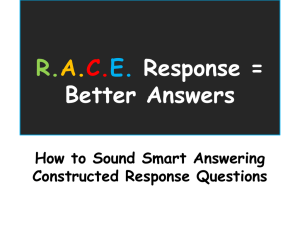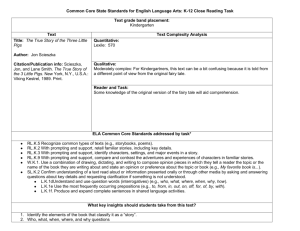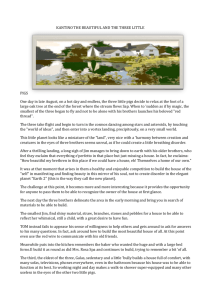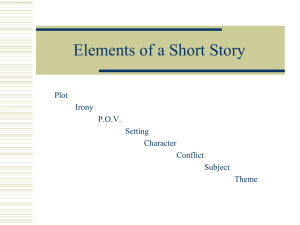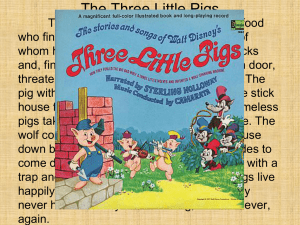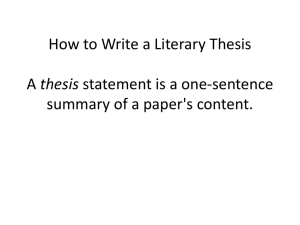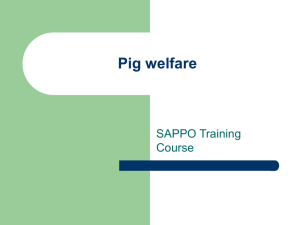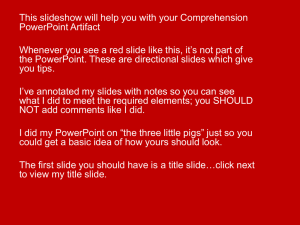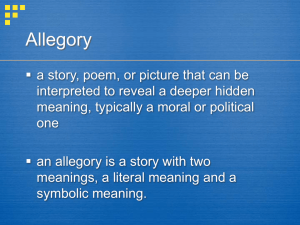RARE Response PPT
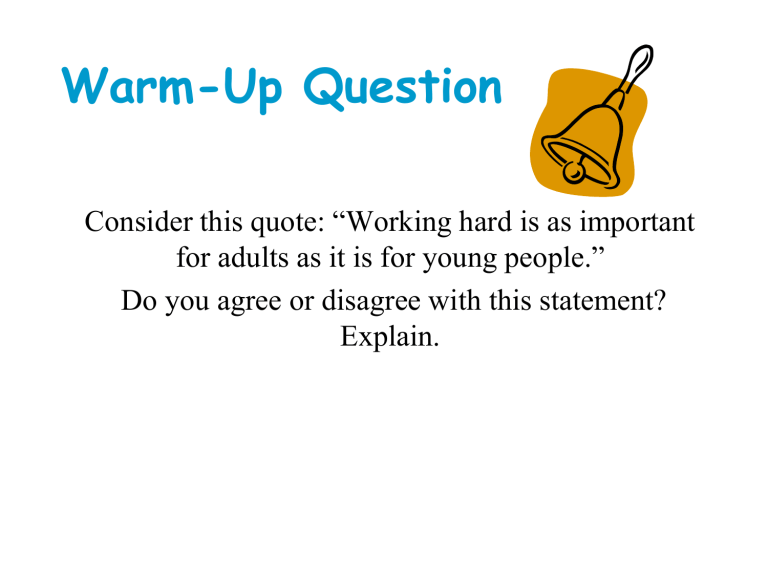
Warm-Up Question
Consider this quote: “Working hard is as important for adults as it is for young people.”
Do you agree or disagree with this statement?
Explain.
A RARE response =
Better Answers
How to Sound Smart Answering
Constructed Response
Questions
RARE Strategy
4-part strategy that, if used often,
TRAINS YOUR BRAIN to think about the most important steps in answering a question!
Restating, Answering,
Reasoning, Evidence
Types of Prompts
•
Text-based (you find the answer in the reading or what you know about a topic)
•
Self-based (your opinion, prediction, beliefs, etc. Answer comes from your head, and everyone’s answers can be different!)
Writing Tips for Your RARE
Response:
Prewriting:
•
Read the entire question.
•
Identify and underline key words in the question, such as: explain, name, provide
examples.
•
Restate the prompt in your own words in your head to be sure that you understand it.
Prewriting your RARE Response
•
Make a list of the items or ideas you are going to discuss in your answer.
•
Make a list of reasons that will support your answer.
•
List an example or two to use in your answer that supports your reasoning.
Writing your RARE Response
•
Use the question to form your topic sentence. (Sometimes you can use the same terms in the question for the first sentence of your paragraph answer!)
Writing Reminders
Beginning your RARE response:
• Don’t start your answer off with “
Yes
,”
“
No
,” “
I believe
,” or “
I think
.”
• Don’t use the words They , He , She , It , or
We in your first sentence.
• The response should make sense even
WITHOUT the prompt.
• The smartest-sounding responses can stand alone!
Think Aloud
With a shoulder partner think about the story of the Three Little Pigs. Respond to this question using RARE:
The wolf in The Three Little Pigs says that everyone is wrong about him. He’s really a nice wolf. Do you believe him?
R
= Restate
• Restate the question. Use words from the prompt; use the correct transition words
(because, by, to, when).
• Typical Answer: No I don’t believe him.
• Better Answer: The wolf in
The Three Little Pigs is anything but nice.
Why didn’t we start with, “No, I don’t believe him…”?
A
= Answer
• Answer the question by stating what you believe (main idea but no details yet, just like a topic sentence of a paragraph)
• Typical Answer: No, I don’t believe him. He’s a hot mess.
• Better Answer: The wolf in the story The Three Little Pigs is anything but nice. In fact, he is best described as aggressive and mean.
R
= Reasons from the Text
• Provide reasons to support your answer with details from the text.
• Typical Answer: No, I don’t believe him. He’s a hot mess.
The way he had those pigs so scared.
• Better Answer: The wolf in the story The Three Little Pigs is anything but nice. In fact, he is best described as aggressive and mean because he kept trying to eat the three innocent pigs.
E = Examples, Evidence,
Explanation or Elaboration and
Ending
• Provide examples, evidence, explanation, or elaboration from the text/your mind to support your answer.
• Typical Answer: Students usually leave this part out!
• Answer: The wolf in the story The Three
Little Pigs is anything but nice. In fact, he is best described as aggressive and mean because he kept trying to eat the three innocent pigs. For example, he chased them from house to house and made them run for their lives. He also destroyed two of the pigs’ homes in the process. That wolf has a lot to learn about being nice.
Back to our question…
Consider this quote: “Working hard is as important for adults as it is for young people.” Do you agree or disagree with this statement?
On your own, develop a RARE response.
All finished?
• Compare your revised, RARE answer to the answer you gave for the warm-up. Does your new answer sound smarter?
Congratulations !
